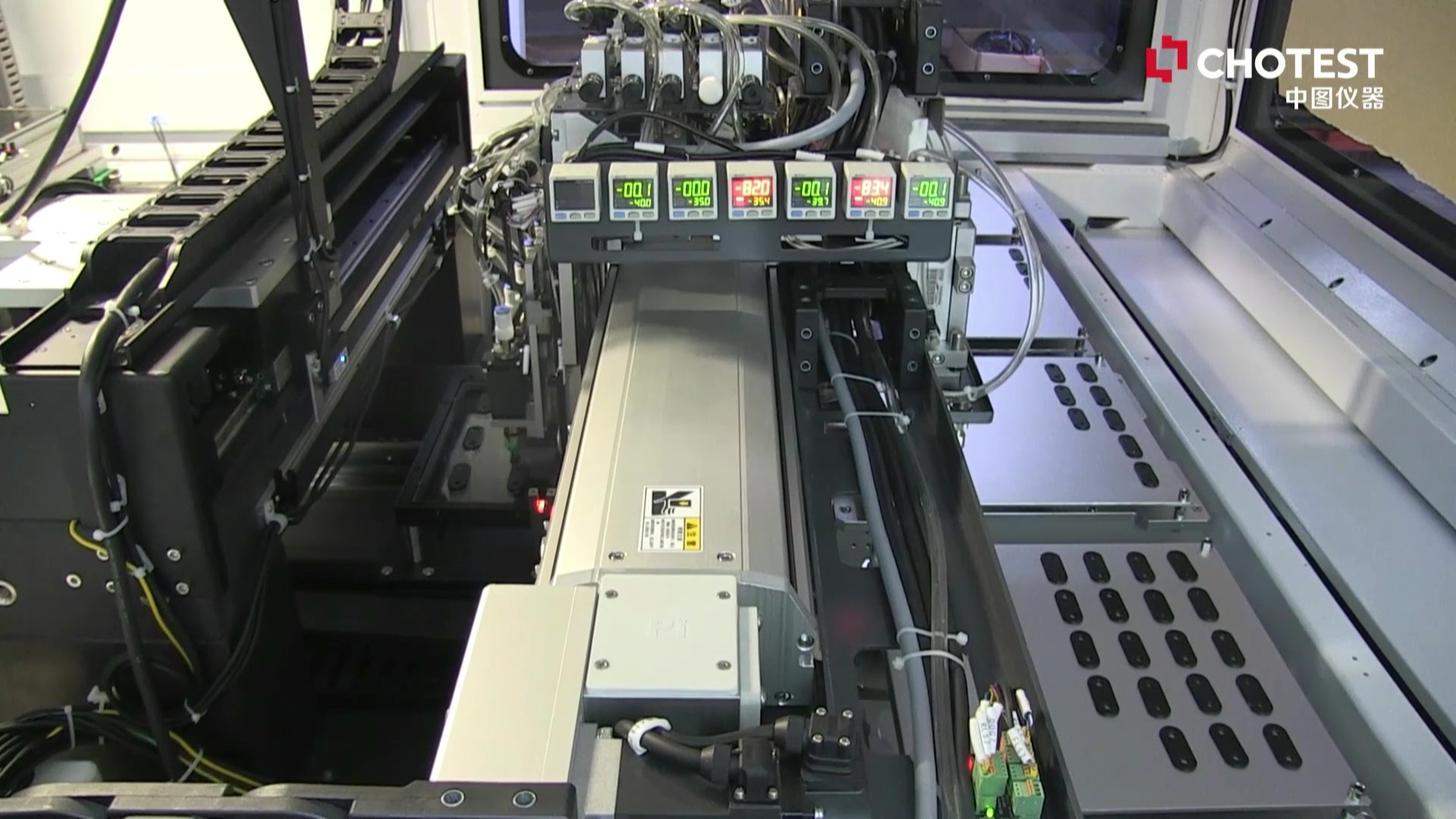2021-11-26
Optical inspection is an essential part of the quality process in manufacturing.
In some instances, optical inspection can refer to human visual inspection of an object, but these days it more likely refers to Automated Optical Inspection (AOI) conducted by a machine vision system or specialized AOI system. These systems can acquire millions of data points in a fraction of a second, which are then used for visual inspection and precision measurement.
A tremendous variety of applications in industrial settings can benefit from optical inspection, which performs most of the visual checks previously done by manual operators. And, with machine vision, the process is much quicker and more accurate.
In particular, the manufacturing industry is becoming increasingly competitive and production errors can be costly. To improve efficiency and productivity, while remaining competitive, many companies now rely on the power of machine vision for optical inspection.

Optical inspection tasks can include:
A major benefit of optical inspection is that it can be used to detect problems early in the production process. Since faults cost more to fix later in the production process, it is critical to notice mistakes early.
The following example demonstrate how manufacturers use machine vision for optical inspection tasks. Accuma Corporation integrates a machine vision system for optical inspection that eliminates false rejects for battery lids used in the automotive industry.
One of the premiere manufacturers of plastic injection molded components for batteries, Accuma Corporation is headquartered in Italy and has sales and manufacturing operations in the United States (North Carolina and Nebraska), Germany, England, and China. Accuma’s Beatrice facility manufactures more than 300 types of battery containers, lids, and accessories—including handles, vents, and caps—for the automotive industry.
As unlikely as it may seem, there are situations in which manufacturing top quality parts can cause just as much downtime, lost revenue, and frustration as producing defective ones. Shop personnel at Accuma’s Beatrice, Nebraska, plant were all too familiar with such a recurring problem.
Performing secondary inspections of rejected parts by gauging whether they were a “go” or “no-go” was costly and time consuming. To find a solution to this ongoing problem, they finally bring an optical inspection system to their production line.
At Accuma, the system is fitted with an 8 mm lens and uses a 5” x 5” red backlight; it interfaces with a Windows-based, 6-axis robotic battery lid pick-and-place application. Each minute, the robot presents two battery lids to the system in a constantly rotated, 180-degree sequence (Lid #1’s positive battery post, then Lid #2’s negative battery post, and so on). Using its embedded inspection software, the system determines whether the battery post in question is correct. An operator packages all of the good parts and places any defective parts in a locked reject bin.
Most importantly for Accuma’s needs, the vision system performs optical inspection by tracking each part throughout a view window so that the part does not have to be perfectly positioned during the inspection process.
https://www.youtube.com/watch?v=P2wqWU3OVkc

“Since installing the [system], we have drastically reduced the number of false rejects and eliminated the need for a secondary inspection of rejected parts,” says Scott Wagers, Maintenance Supervisor at Accuma’s Beatrice plant.“If the camera rejects a part, we are confident that it is a non-conforming part.”
Accuma installed a second system to duplicate this successful solution on another battery lid line, and has plans to install additional vision systems throughout the facility to solve a variety of quality applications for battery box covers and containers.
“To use the vision system in this application was spot on,” Wagers concludes. “The [system] has reliably and cost-effectively solved our false reject problems, and we look forward to achieving more cost savings and productivity gains using vision solutions in future applications.”
Companies like Accuma have realized that a machine vision system for automated optical inspection can deliver benefits ranging from faster operating speed, higher throughput and fewer false positives, to lower costs and higher quality. Forward-looking companies invest in technologies like these to invest in the future.
